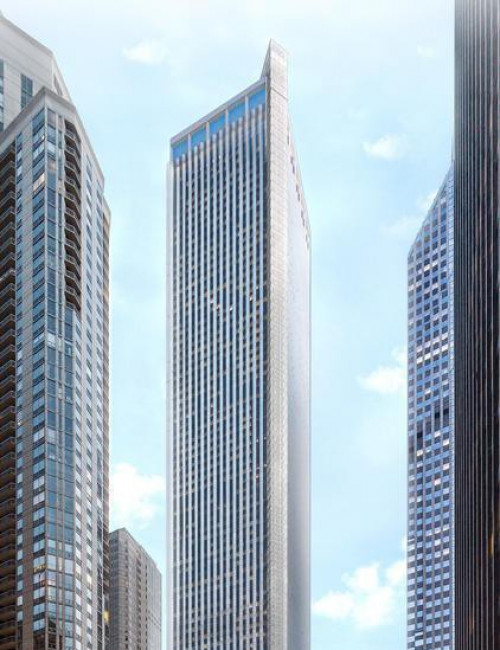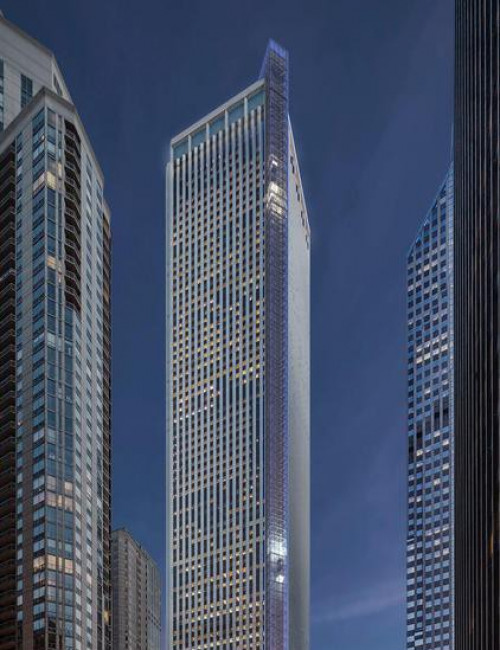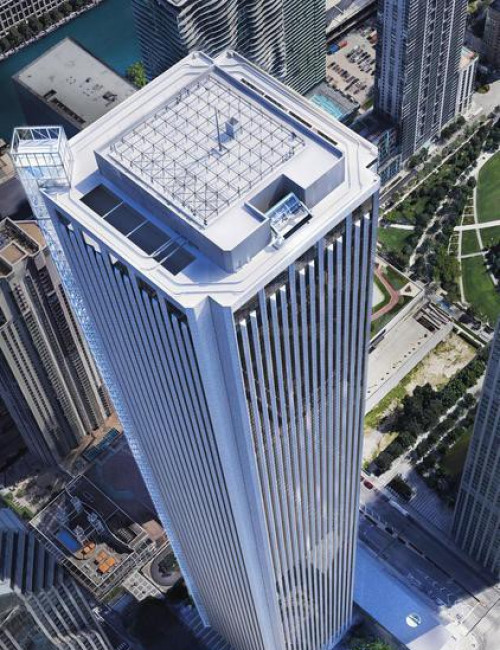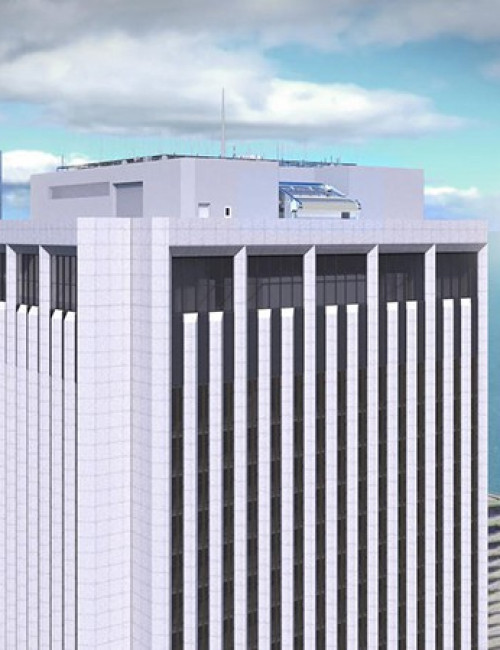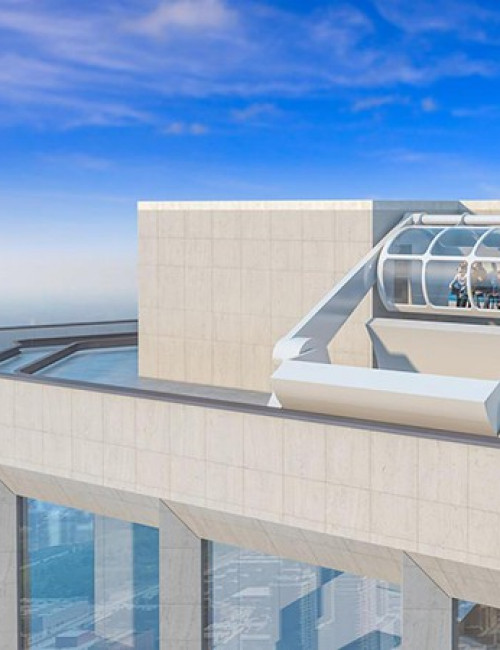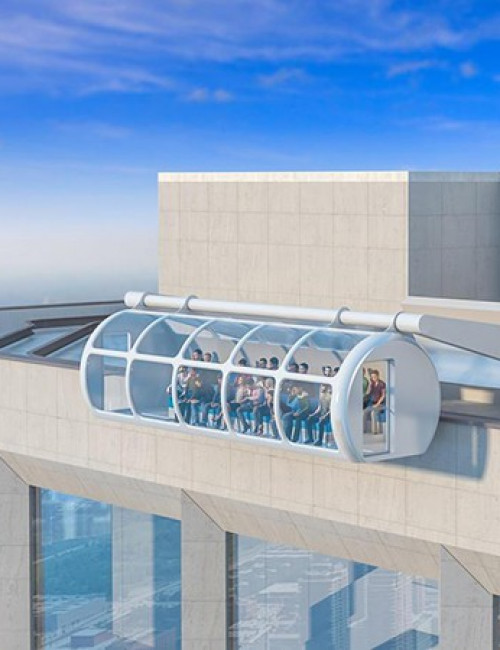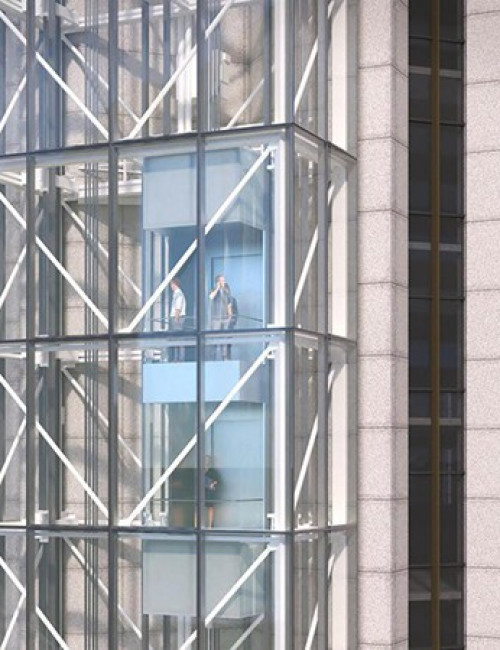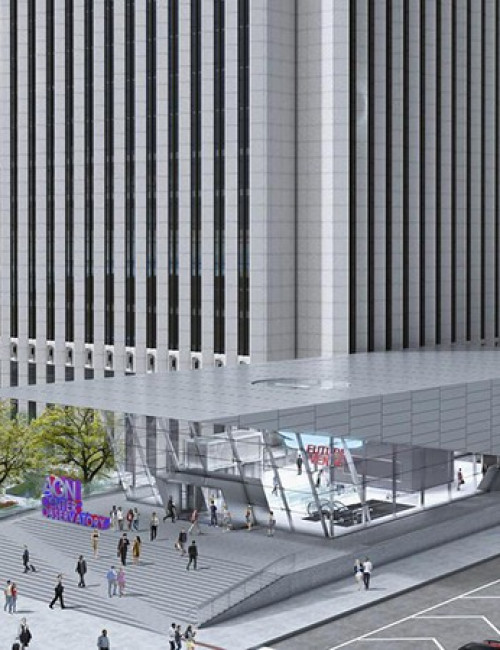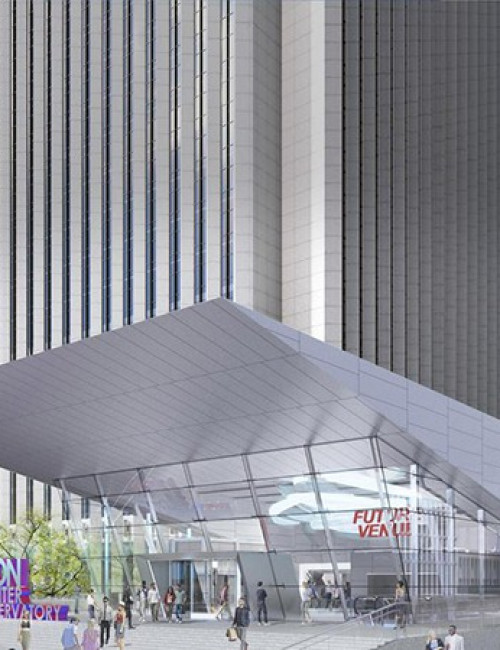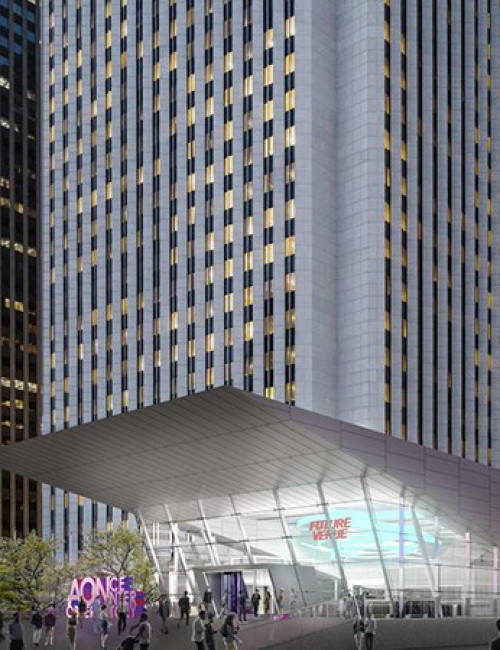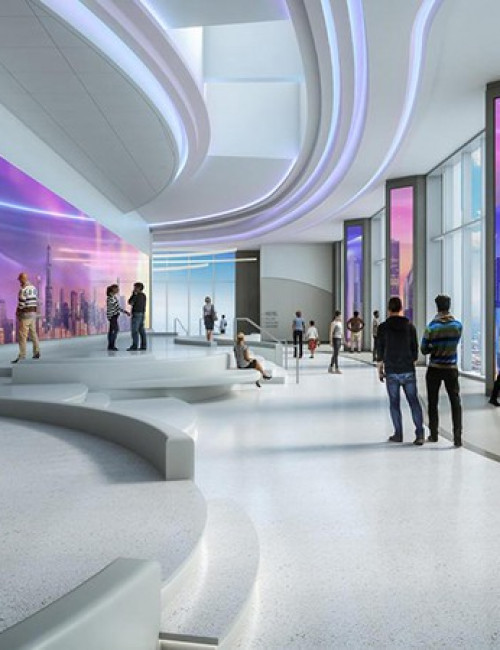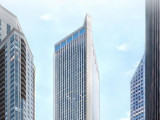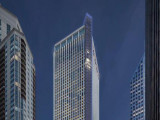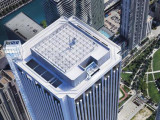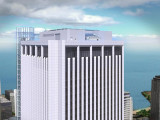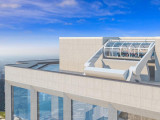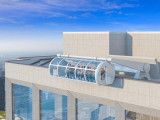Aon Center
Chicago
This project is a renovation and will replace Aon Center (Previous)
- Facts
-
Metrics
You must be a CTBUH Member to view this resource.
Official Name
Aon Center
Other Names
Amoco Building, Standard Oil Building
Type
Building
Status
Proposed Renovation
Country
City
Address
Function
A mixed-use tall building contains two or more functions (or uses), where each of the functions occupy a significant proportion of the tower's total space. Support areas such as car parks and mechanical plant space do not constitute mixed-use functions. Functions are denoted on CTBUH "Tallest Building" lists in descending order, e.g., "hotel/office" indicates hotel function above office function.
Office
Structural Material
Both the main vertical/lateral structural elements and the floor spanning systems are constructed from steel. Note that a building of steel construction with a floor system of concrete planks or concrete slab on top of steel beams is still considered an “all-steel” structure as the concrete elements are not acting as the primary structure.
All-Concrete
Both the main vertical/lateral structural elements and the floor spanning systems are constructed from concrete which has been cast in place and utilizes steel reinforcement bars and/or steel reinforced concrete which has been precast as individual components and assembled together on-site.
All-Timber
Both the main vertical/lateral structural elements and the floor spanning systems are constructed from timber. An all-timber structure may include the use of localized non-timber connections between timber elements. Note that a building of timber construction with a floor system of concrete planks or concrete slab on top of timber beams is still considered an “all-timber” structure as the concrete elements are not acting as the primary structure.
Mixed-Structure
Utilizes distinct systems (e.g. all-steel, all-concrete, all-timber), one on top of the other. For example, a Steel Over Concrete indicates an all-steel structural system located on top of an all-concrete structural system, with the opposite true of Concrete Over Steel.
Composite
A combination of materials (e.g. steel, concrete, timber) are used together in the main structural elements. Examples include buildings which utilize: steel columns with a floor system of reinforced concrete beams; a steel frame system with a concrete core; concrete-encased steel columns; concrete-filled steel tubes; etc. Where known, the CTBUH database breaks out the materials used within a composite building’s primary structural elements.
All-Steel
Official Website
Height
349.9 m / 1,148 ft
Floors Above Ground
84
Floors Below Ground
5
# of Parking Spaces
679
Architect
Usually involved in the front end design, with a "typical" condition being that of a leadership role through either Schematic Design or Design Development, and then a monitoring role through the CD and CA phases.
Other Consultant
Other Consultant refers to other organizations which provided significant consultation services for a building project (e.g. wind consultants, environmental consultants, fire and life safety consultants, etc).
Other Consultant refers to other organizations which provided significant consultation services for a building project (e.g. wind consultants, environmental consultants, fire and life safety consultants, etc).
Material Supplier
Material Supplier refers to organizations which supplied significant systems/materials for a building project (e.g. elevator suppliers, facade suppliers, etc).
Material Supplier refers to organizations which supplied significant systems/materials for a building project (e.g. elevator suppliers, facade suppliers, etc).
You must be a CTBUH Member to view this resource.
Owner/Developer
601 W Companies
Architect
Usually involved in the front end design, with a "typical" condition being that of a leadership role through either Schematic Design or Design Development, and then a monitoring role through the CD and CA phases.
Other Consultant
Other Consultant refers to other organizations which provided significant consultation services for a building project (e.g. wind consultants, environmental consultants, fire and life safety consultants, etc).
Other Consultant refers to other organizations which provided significant consultation services for a building project (e.g. wind consultants, environmental consultants, fire and life safety consultants, etc).
The Hettema Group
HGA
Legends
JLL; Telos Group
Kimley Horn
Material Supplier
Material Supplier refers to organizations which supplied significant systems/materials for a building project (e.g. elevator suppliers, facade suppliers, etc).
Material Supplier refers to organizations which supplied significant systems/materials for a building project (e.g. elevator suppliers, facade suppliers, etc).
Global News

21 January 2021
Iconic Chicago Building Getting Massive Plaza Renovation
The owner of one of Chicago’s biggest office towers is investing US$6.5 million to demolish and redesign its half-acre (0.2-hectare) plaza in anticipation of greater...
About Aon Center
Located in downtown Chicago overlooking Millennium and Grant Parks on the eastern edge of the Loop. The Aon Center is one of the “string of pearl” buildings that stand-out on Chicago’s skyline for their remarkable height. At the time of its completion, the building was only the sixth supertall tower ever constructed. Originally clad in Carrara marble, it was the tallest marble-clad building in the world until it was reclad in white granite due to safety concerns in the early 1990s.
Simple in design, the Aon Center appears monolithic, without any setbacks or adornments. The building’s shape and scale are reminiscent of New York’s original World Trade Center buildings, its architectural contemporaries. Similar to the World Trade Center towers, the Aon Center employs a tubular steel-framed structural system with “V”-shaped perimeter columns to resist earthquakes, reduce sway, minimize column bending, and maximize column-free space. The columns also house piping and utility lines, eliminating the need for interior column chases that so often deprive buildings of valuable office space. They also serve to emphasize the building’s height and augment its vertical prominence.
Despite the building’s imposing configuration, it is still well-integrated into its urban habitat. The Pedway, a series of underground pedestrian walkways, connects the Aon Center to numerous surrounding buildings throughout the loop. A plaza decorated with fountains and ample seating envelops the tower on all sides and provides an inviting place for pedestrians to congregate on a nice day. Taken together, the Aon Center’s quiet, dignified façade and its simplicity overall, make it a unique and memorable addition to the skyline.
Global News

21 January 2021
Iconic Chicago Building Getting Massive Plaza Renovation
The owner of one of Chicago’s biggest office towers is investing US$6.5 million to demolish and redesign its half-acre (0.2-hectare) plaza in anticipation of greater...

23 June 2020
US$185 Million Observatory is Latest Chicago Project Delayed by Coronavirus
The Aon Center has paused plans to build an observatory with a thrill ride atop Chicago’s third-tallest skyscraper, and the US$185 million project will start...
Subscribe below to receive periodic updates from CTBUH on the latest Tall Building and Urban news and CTBUH initiatives, including our monthly newsletter. Fields with a red asterisk (*) next to them are required.
View our privacy policy

